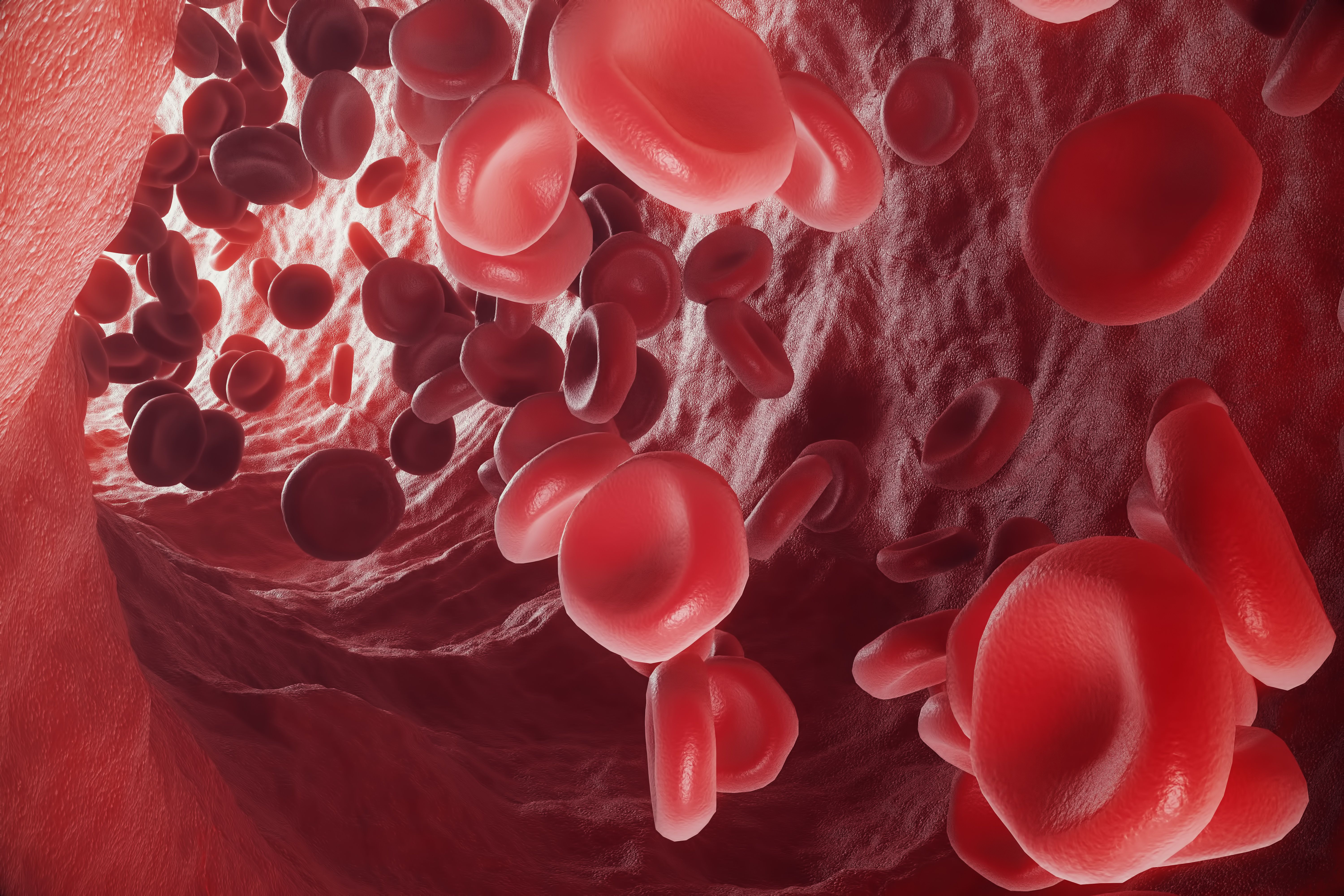Outcomes on Post-Ibrutinib Therapy for MCL Remain Poor, New Treatments are Needed
Outcomes for patients with mantle cell lymphoma are poor after ibrutinib fails, pointing to a need for the development of safe and effective targeted therapies.
blood

Outcomes for patients with mantle cell lymphoma (MCL) are poor after ibrutinib (Imbruvica) fails, pointing to a need for the development of safe and effective targeted therapies, according to research presented at the Society of Hematologic Oncology 2021 Annual Meeting.
Ibrutinib is a covalent Bruton’s tyrosine kinase inhibitor meant for the treatment of mantle cell lymphoma. However, for patients who relapse or are refractory to treatment, no other standard drug therapies exist.
In order to determine what outcomes for this patient population look like, a retrospective study done on Japanese patients was conducted. Data was collected using the Medical Data Vision, which is a hospital-sourced database that includes both inpatient and outpatient claims and discharge summaries from approximately 25% of acute care hospitals in Japan. Patients included in the retrospective received an MCL diagnosis between December 2010 and September 2019, were 20 years of age (The current age of majority in Japan) or older. In total, 1203 patients were included and 270 received ibrutinib.
The median age for the overall population (n = 1203) was 71, with 74.23% being male. The mean body mass index (BMI) was 22.63 and 86.53% were ADL independent. Approximately 10% had any metastasis with 6.57% having bone metastasis. The mean age of the post-ibrutinib therapy cohort (n = 108) was 75 with 76.85% being male. Approximately 12% had metastasis of any kind with 7.41% have bone metastasis. The mean BMI was 22.73 and 79.07% were ADL independent.
Of the 270 patients who received ibrutinib therapy, 183 (68%) discontinued the treatment and 40% went on to receive post-ibrutinib therapy. Post ibrutinib therapies included B-based therapy (26.85%), BOR-based therapy (18.52), AraC-based therapy (12.96), and other (41.67%). Of the patients included, 21.48% were on their first line of ibrutinib therapy, 41.11% were on their second, 21.11% were on their third, 10% were on their fourth, and 6.30% were on their fifth or later line.
The median time to discontinuation of post-ibrutinib therapy was 1.54 (range, 1.07-2.0) months. Overall survival was 5.46 (range, 3.86-9.39) months.
In terms of safety, the most common adverse event (AE) for both ibrutinib therapy and post-ibrutinib therapy was infection with 25.56% and 26.85% respectively. Atrial fibrillation occurred in 9.63% of patients who received ibrutinib and 4.63% of patients receiving post-ibrutinib therapy. Gastrointestinal hemorrhage was seen in 1.11% of the overall population and in 12.96% of those receiving post-ibrutinib therapy.
According to investigators, subsequent therapy was highly diverse due to the lack of a standard of care for population. This patient population also tended to be in poor health and experienced frequent AEs. New therapies are needed in order to help improve outcomes for this patient population.